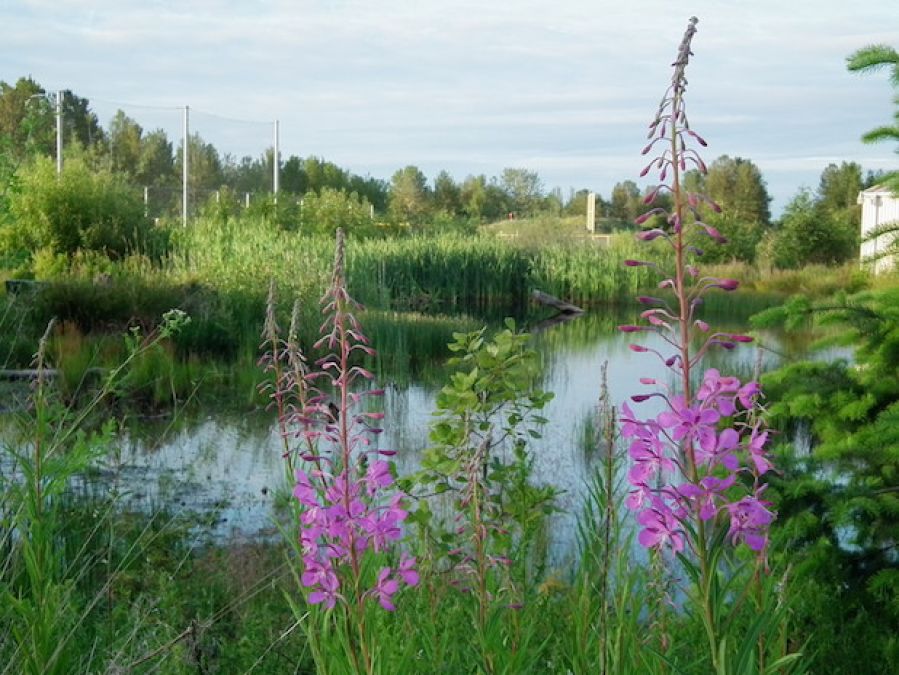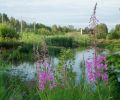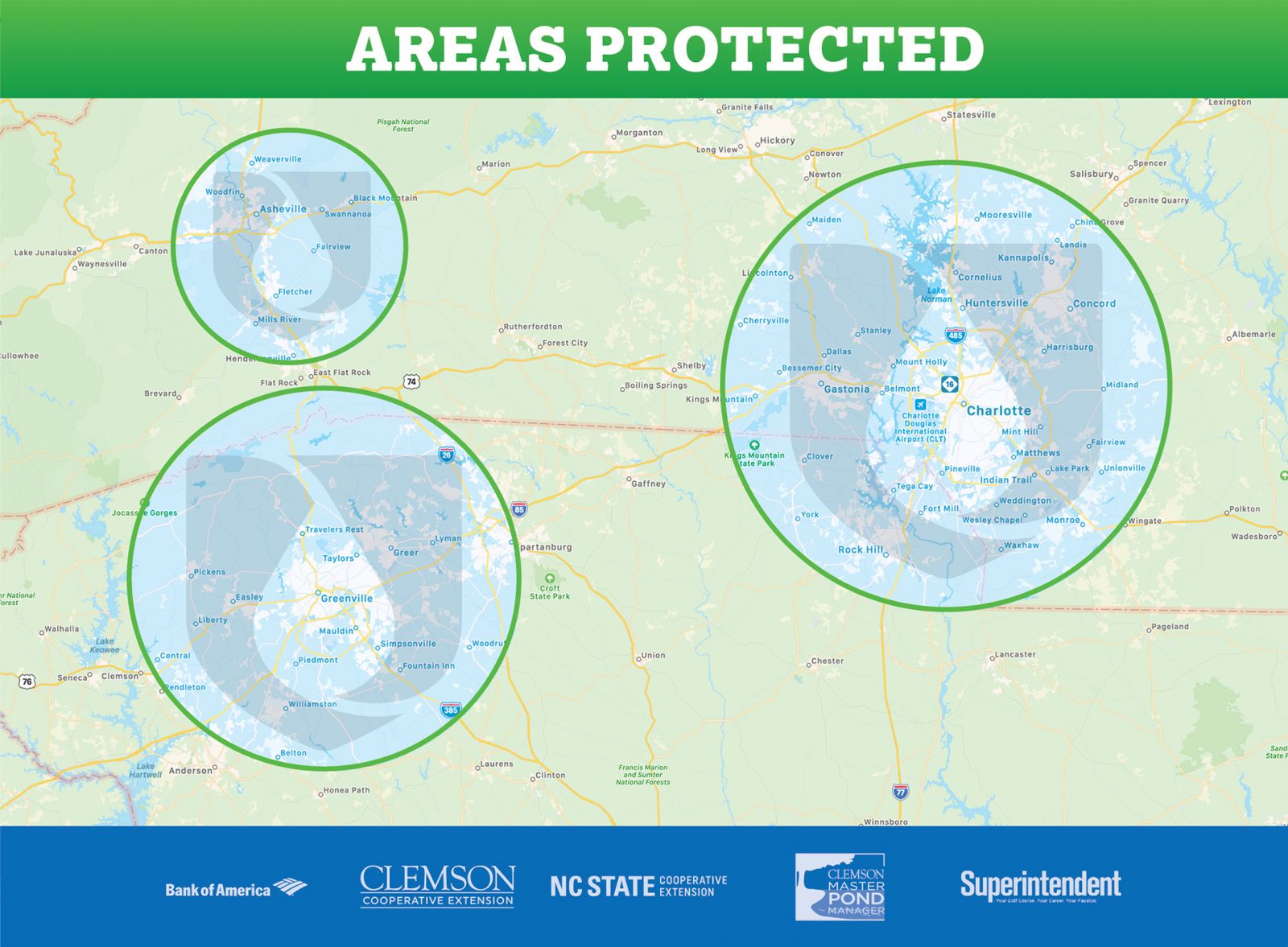
“Stormwater wetlands are an effective tool for removing pollutants from stormwater runoff. Similar to a retention basin, stormwater wetlands collect runoff and store it in a permanent pool; however, wetlands are shallow and populated by marshland vegetation that helps treat the water and allows pollutants to settle to the bottom.
Because stormwater wetlands seek to imitate the functions of natural wetlands, these systems can become aesthetic assets to the community and provide habitat for wildlife” (Philadelphia Water Department).
“Standard Use
Larger residential developments and medium-density suburban commercial areas typically use stormwater wetlands. They are sot suited for high-density/ultra-urban areas due to space constraints.
What are some advantages and benefits?
-It’s a very good removal of suspended and particulate pollutants.
-Biological uptake of nutrients by wetland plants.
-There’s a reduction of peak flows and flood attenuation.
-Enhancement of vegetation diversity and wildlife habitat in urban areas.
-Relatively low maintenance costs
Disadvantages / limitations
-Needs continuous base flow for viable wetland vegetation – a critical design factor for smaller areas (<20 acres).
-Usually some release of nutrients in the fall and winter months.
-May act as a heat sink with a discharge of warmer water to downstream reaches.
-May attract a year-round population of wild geese if natural buffers not included in the wetland design.
-Relatively higher land requirements and construction costs than most other BMPs.
Maintenance requirements
-Replacement of wetland vegetation to maintain at least 50% surface area coverage.
-Remove invasive vegetation
-Monitor sediment accumulation and remove periodically” (Iowa Stormwater Management Manual)
Now serving Greenville SC, Spartanburg SC, Asheville NC, Charlotte NC, Winston-Salem NC, & Greensboro NC areas.
Get started. Become a member today!



